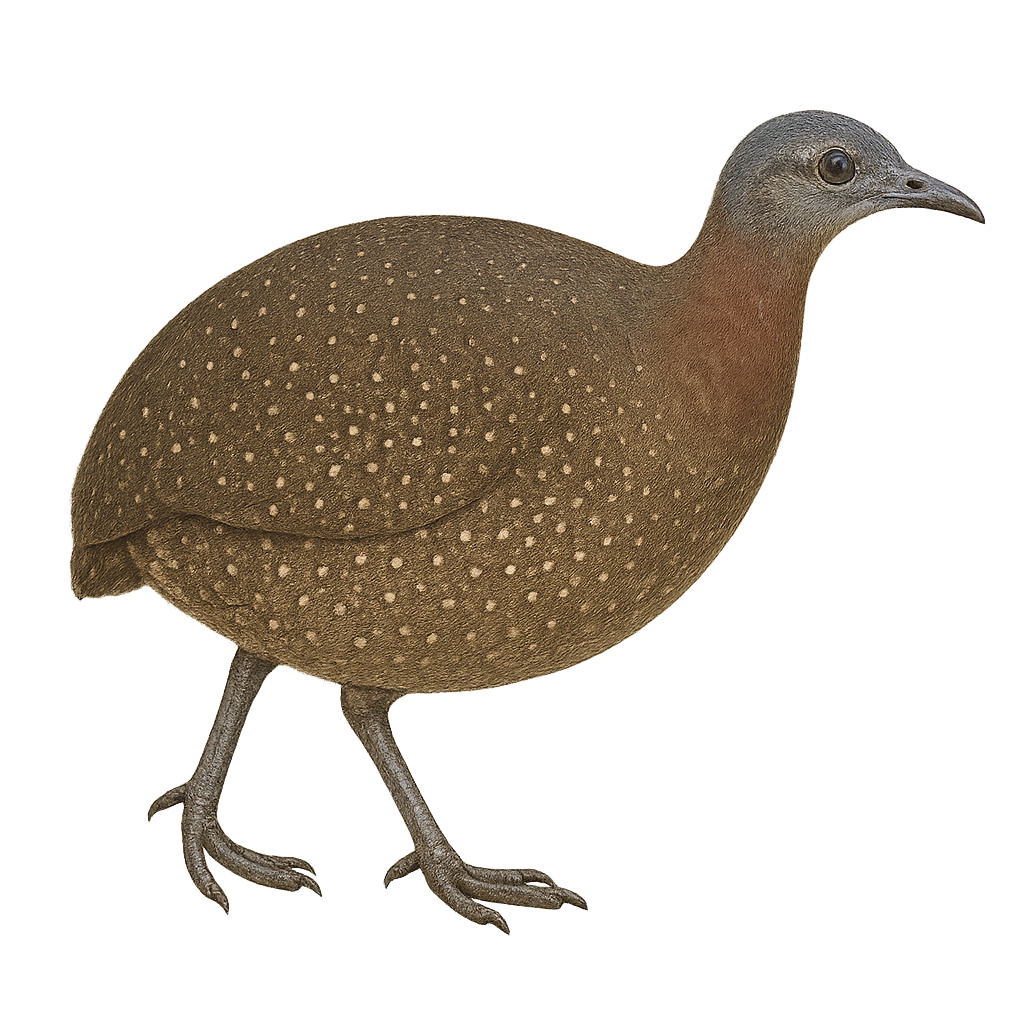Your wildlife photography guide.
Explore the highland tinamou in detail, study its behavior, prepare your shots.
Where to observe and photograph the highland tinamou in the wild
Learn where and when to spot the highland tinamou in the wild, how to identify the species based on distinctive features, and what natural environments it inhabits. The WildlifePhotographer app offers tailored photography tips that reflect the highland tinamou’s behavior, helping you capture better wildlife images. Explore the full species profile for key information including description, habitat, active periods, and approach techniques.
Highland Tinamou
Scientific name: Nothocercus bonapartei

IUCN Status: Near Threatened
Family: TINAMIDAE
Group: Birds
Sensitivity to human approach: Suspicious
Minimum approach distance: 10 m
Courtship display: February to April
Incubation: 30-32 jours
Hatchings: March to May
Habitat:
Humid forests, dense undergrowth, Andean mountains
Activity period :
Active at dawn and dusk, ideal moments for observation.
Identification and description:
The Highland Tinamou, or Nothocercus bonapartei, is a medium-sized ground bird belonging to the Tinamidae family. It is primarily found in the humid forests of the Andes, ranging from Venezuela to Bolivia. This elusive bird is more often heard than seen, due to its cryptic plumage that blends seamlessly into the dense undergrowth. It feeds mainly on fallen fruits, seeds, and insects. The Highland Tinamou is a solitary bird, although it can sometimes be observed in small groups. Its ability to run swiftly and fly short distances allows it to escape predators. Despite its elusive nature, it plays a crucial role in seed dispersal, aiding forest regeneration.
Recommended lens:
400 mm – adjust based on distance, desired framing (portrait or habitat), and approach conditions.
Photography tips:
To photograph the Highland Tinamou, it is advisable to use a telephoto lens of at least 400mm to capture detailed images from a distance without disturbing the bird. Look for it early in the morning or late in the afternoon when activity is higher. Be patient and remain still to avoid scaring it away. Use a tripod to stabilize your camera in the low-light conditions of humid forests. Opt for cloudy days to avoid harsh shadows and achieve soft, diffused lighting.
The WildlifePhotographer App is coming soon!
Be the first to explore the best nature spots, track rutting seasons, log your observations, and observe more wildlife.
Already 1 439 wildlife lovers subscribed worldwide

